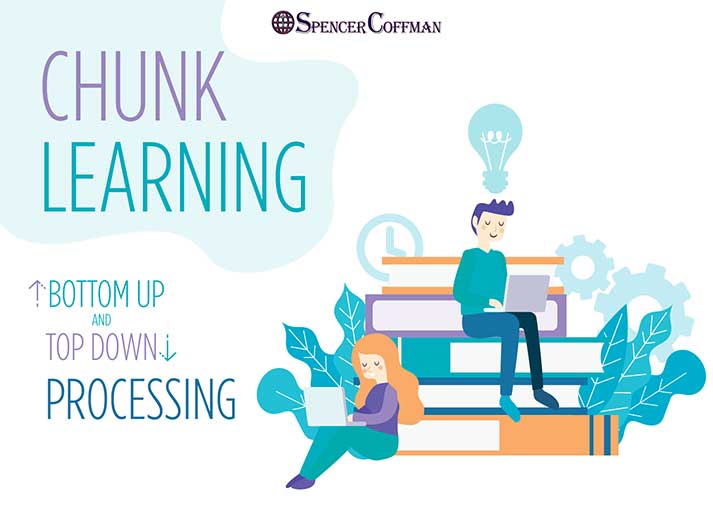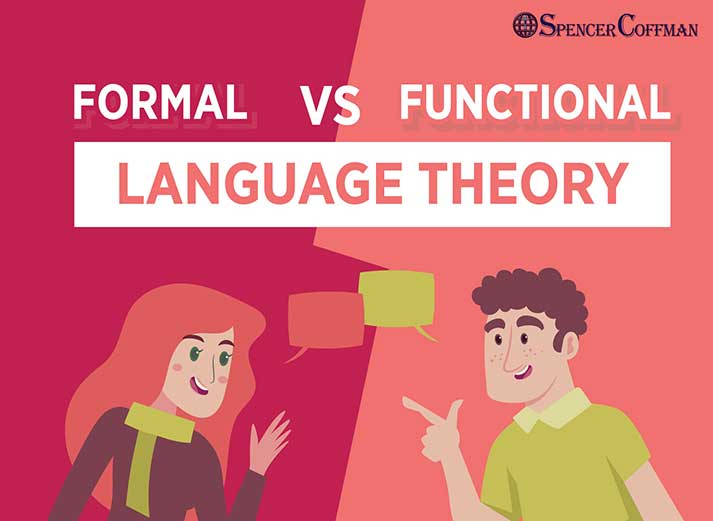Chunk learning is a process of learning new information by reducing the information into a combination of “chunks” in an effort to minimize the data that needs to be remembered.
For example, when remembering a phone number, instead of trying to recall all seven digits in addition to the area code, an individual may choose to “chunk” the digits into two three-digit numbers and one four-digit number. That way the individual only needs to remember three bits of information rather than ten.
Chunking is useful because humans’ short-term memory is only capable, on average, of remembering seven bits of information plus or minus two, hence, the seven-digit phone number. Therefore, by chunking multiple bits of information, the individual increases the capacity of his or her short-term memory.
In addition, the individual is more likely to convert the information into long-term memory if it is chunked because it is already processed and organized.
Is Your Personal Information Available Online?
Bottom-up processing of information is also referred to as inductive reasoning or “small chunk” processing. It is a method by which individuals gather small chunks of information and build the conclusion. For example, bottom-up processors tend to see each individual tree and then see the forest as a whole.
This method of processing is such that all of the information is analyzed in bits of information and used to construct the image, similar to the way in which television networks project video and audio across the nation. They send little pieces of data that are all reassembled before they are projected to your device.
These people are step-by-step planners and often have difficulty visualizing things, or seeing the “big picture”. They like to methodically build their conclusions. Some people with autism or psychosis are extreme bottom-up processors in that they do not have the ability to understand the outcomes of their actions. They are unable to see what may come next or understand cause and effect relationships as they continually see the parts and not the whole.
Top-down processing of information is the opposite of bottom-up. It is referred to as deductive reasoning or “large chunk” processing and is a method by which individuals see the big picture and then analyze the parts. Expanding on the example above, a top-down processing individual sees the entire forest and then determines that it is made up of a combination of different trees.
Detectives work in top-down processing in that they see the conclusion and then deduce the steps involved. Some people with low and latent inhibition are extreme top-down processors. They not only see an object as a whole and then its parts, but they also see the components making the parts.
For example, where most people see a car (whole) and then the wheels, doors, et cetera (parts), someone with LLI will see the car, the parts, and then the nuts and bolts making the parts.
For more great information take a look at the supplemental content on this website and check out these great blog posts. In addition, feel free to connect with me on social media.





